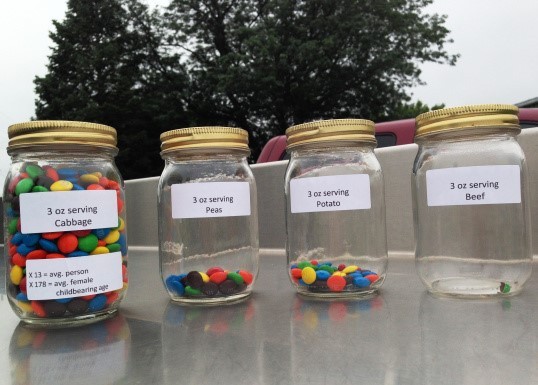By Nicole Anhorn, University of Saskatchewan student
Over a number of years, it has become common to hear of the ongoing controversies floating around the topic of hormone vs. “hormone free” beef. First and foremost, I would like to point out the fact that there is no such thing as “hormone free” beef, hormones are naturally found in cattle, so the food industries need to stop marketing our food with these kinds of labels.
There are definitely two sides to the argument over whether growth hormones are in fact harmful or not to the environment and consumers. While there are studies which make claims of consumer health impacts such as the claimed a link between pregnant women consuming beef and lower fertility in their sons, these studies are much too broad to make these kinds of claims. Others have said the hormones which are put into beef cattle play a large role in early onset puberty in adolescent females. This statement is not only false but also tends to lead to young girls removing essential proteins from their diets which can be dangerous for proper bodily development. This hype around hormones in beef cattle and its falsely appointed “potential” negative effects on human health has lit a fire in me. Coming from a beef cattle background where growth hormone implants are used in our steer calves, I feel these claims to be false.
Although it seems there is a continuous effort to knock the on the cattle industry that is not organic and “hormone free”, those outside of cattle production fail to realize some of the reasons as to why we raise our cattle the way that we do. First, growth hormone use has been broadly studied and found to be a safe means of production by scientists from all around the world. Secondly, while environmental sustainability has become a growing concern, implanted growth hormones allows cattle to mature to the ideal finished “ready to market” state quicker. Therefore, allowing for a significantly shorter finishing period. Looking at this idea a little closer reveals that without the use of growth hormones in beef cattle, the industry would need:
To match the amount of beef we produce today, in turn creating 10% more manure which leads to 10% more greenhouse gas emissions into the environment. Now, what sounds more environmentally sustainable about that?

Source: Farm Meets Fork, 2013
When it comes down to the facts, it interesting to see that a “hormone free” steer contains 0.85 ng of estrogen per 3 oz., while an implanted steer contains 1.2 ng of estrogen per 3 oz. These are minuscule amounts when compared to 3 oz. of eggs which contain 94 ng of estrogen, or white bread which contains 51,029 ng.
Cattle producers consume their own products, considering this, why would producers use hormone implants if they were not safe in the food that they eat and feed their families? Second, consumers are not aware that the reason they are paying higher prices for their organic and “hormone free” beef is purely due to the higher costs of production associated with finishing these cattle to be suitable for the market, which includes more time and inputs invested; the reason is not because they are getting “better beef.” We are so easily influenced by marketed claims, but how many of us actually understand the ‘difference’ of these claims?
 Nicole Anhorn
Nicole Anhorn
Raised on a ranch in the Coteau Hills Southeast of Elrose, Saskatchewan, cattle have always been an important part of Nicole life. She has grown up around them and learning the ropes and has continued on to form a small herd of her own. Nicole is currently in her second year of Agribusiness at the University of Saskatchewan. She feels it is important for consumers to be informed of the facts straight from the source, rather than to have their opinions swayed by false advertising and media hype.
